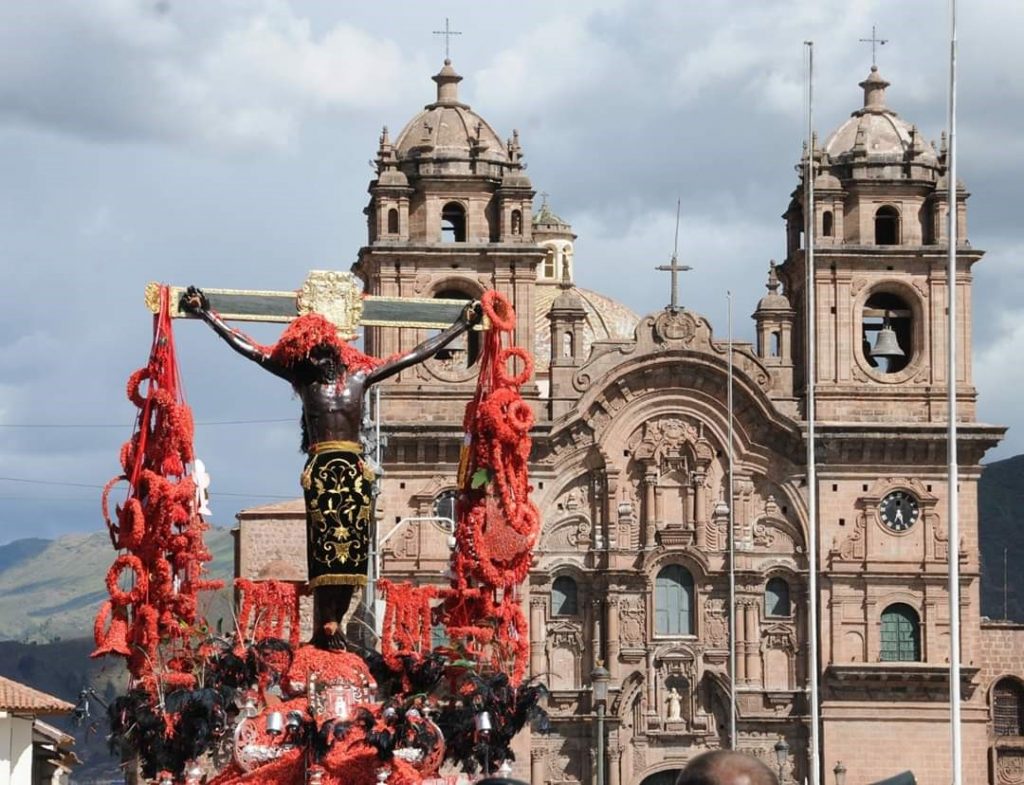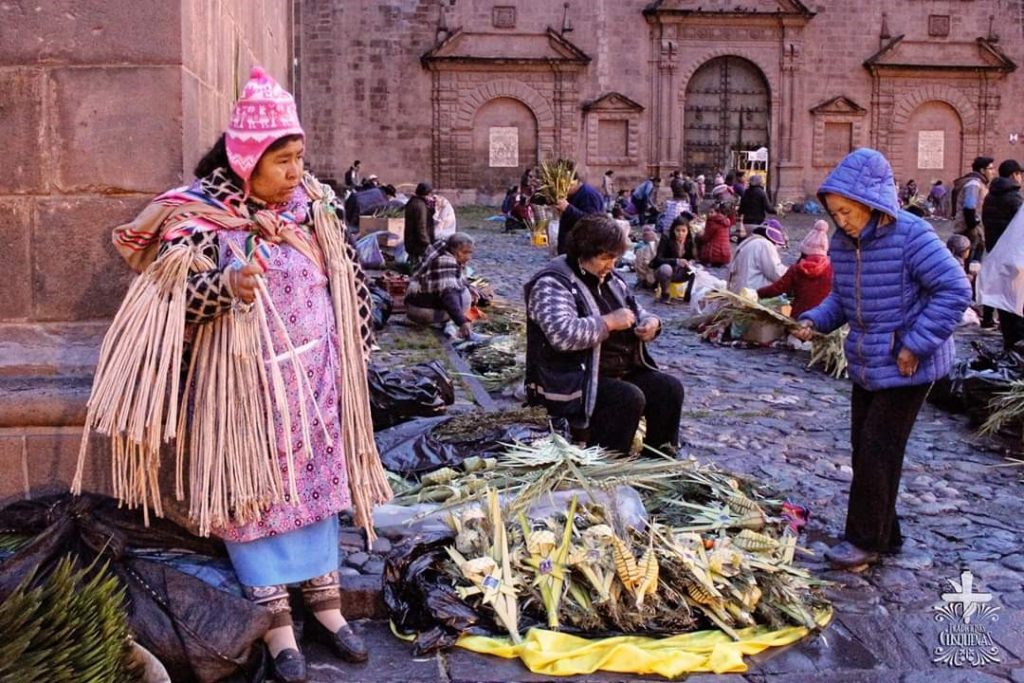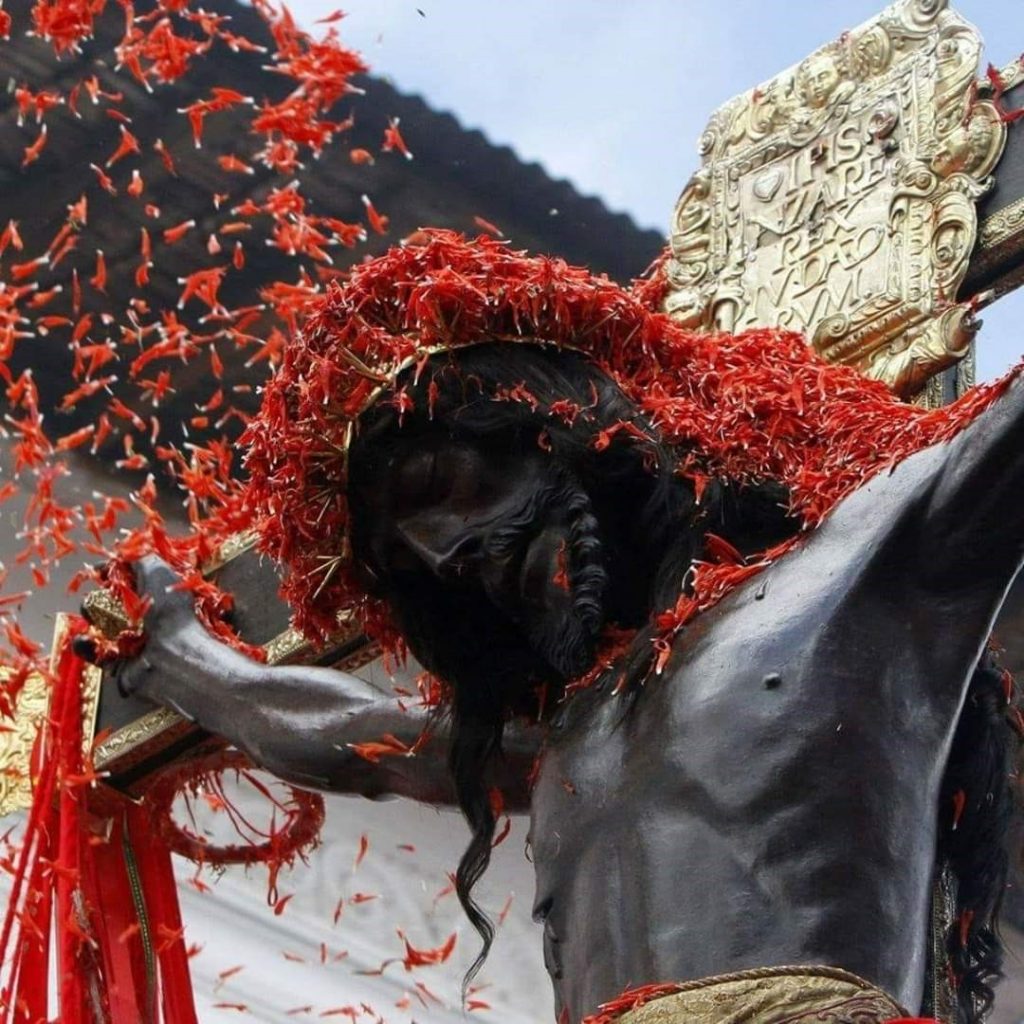Easter in Cusco is a special time that gathers thousands of visitors from all over the world. The religious and cultural traditions inherited for hundreds of years. In other words, they mark this period with intense manifestations of the Catholic tradition. In that case, the people of Cusco are essential days, since thousands of people attend the processions. That represents sacred days for the devotees of great faith and reflection. This is our story of Easter in Cusco, a holiday that celebrates not only tradition – but also history.

For this special season, the Cathedral opens its doors, like all the churches in the city. Between the masses, the peculiar processions and the feeling of faith that fills the streets of all Cusco, the celebrations begin.
One of the local beliefs, show the healing properties of plants, herbs and roots have during God Friday. This is the reason, farmers from the Cusco suburbs gather in the squares to offer an incredible variety of healing herbs, particular de red ones call Ñucchu an andean red flower who grows wild in the highlands of Cusco.
Palm Sunday
It is the day that marks the end of Lent and the beginning of Easter. This is the day the faithful attend mass from the morning on. The doors of many churches are adorned with palm leaves, on the outskirts of the churches and in the markets, there are woven crosses made of plant leaves and cross-shaped thorns, which are hung behind the doors of each home as a sign of protection. On this day, most of the faithful visit the Cathedral, the most important church in the city. On Palm Sunday the mass is performed in Quechua from five in the morning.

Holy Monday: Procession of Señor de los Temblores
The “Taytacha” is one of the main processions that gathers a large part of the population. The number of people attending the procession exceeds one hundred thousand of the faithful.
The Patron Jury of Cusco is distinguished by having indigenous factions, touring the main streets of the city. From the balconies they throw the Ñuqchu flower, a characteristic flower of the festival, it is red and its sale is massive. The procession lasts approximately seven hours, and many local television channels broadcast it live.
Witnessing this procession is a truly unique experience as it is an example of deep faith and tradition.
Holy Tuesday
Tradition dictates that the bishop of the city wash the beggars’ feet. Although the tradition continues today, it is now carried out with twelve elders. It is also customary to visit seven churches at night, so they are open until midnight, as are the vendors who offer different desserts and special seasonal rolls.
Good Friday
This day is characterized by the tradition of the twelve dishes, which allude to the twelve disciples of Christ. During this day, it is not possible to consume red meat, as the town is abstinent. Other ingredients in which the dishes are concentrated are ollucos, wheat, potatoes and seaweed from lagoons. In many of the streets you can find various dishes and an infinity of rolls. In the afternoon the floors of many streets are dressed in multicolor since the faithful make floral carpets commemorating the passage of the Virgin of Sorrows and the Holy Sepulcher, and this procession ends at twelve midnight.

If you are planning to visit Peru please click on www.tourstrekperu.com and browse for ideas of our incredible country. Contact us at info@trekperu.com or info@tourstrekperu.com for more information on your personalized vacation in Peru. Our specialist are waiting to design your dream vacation in Peru.
